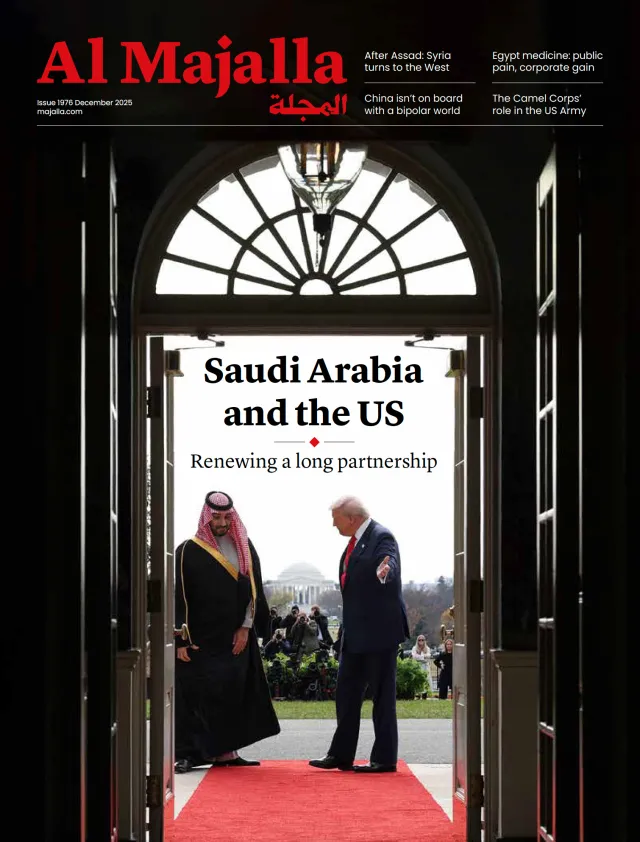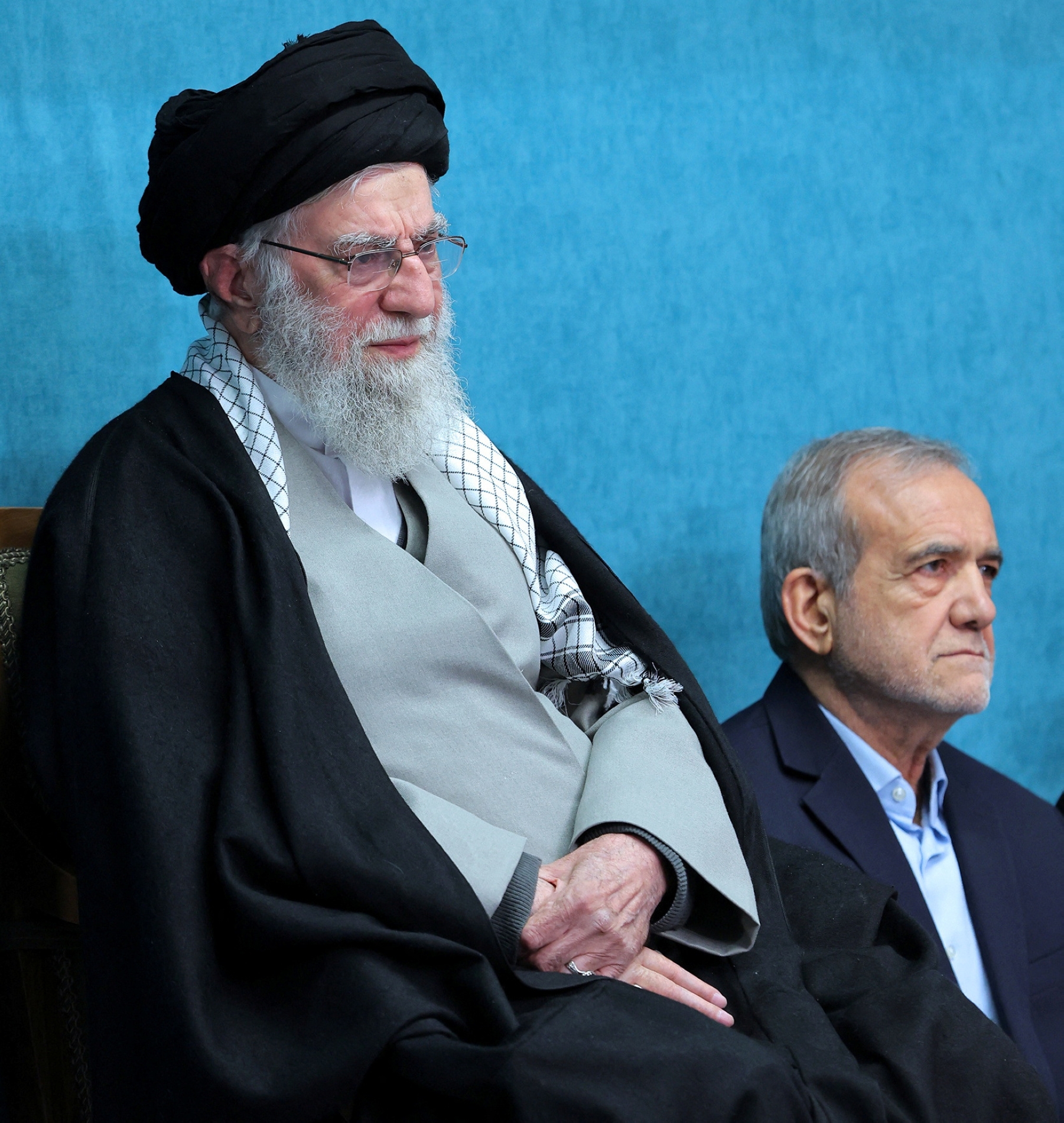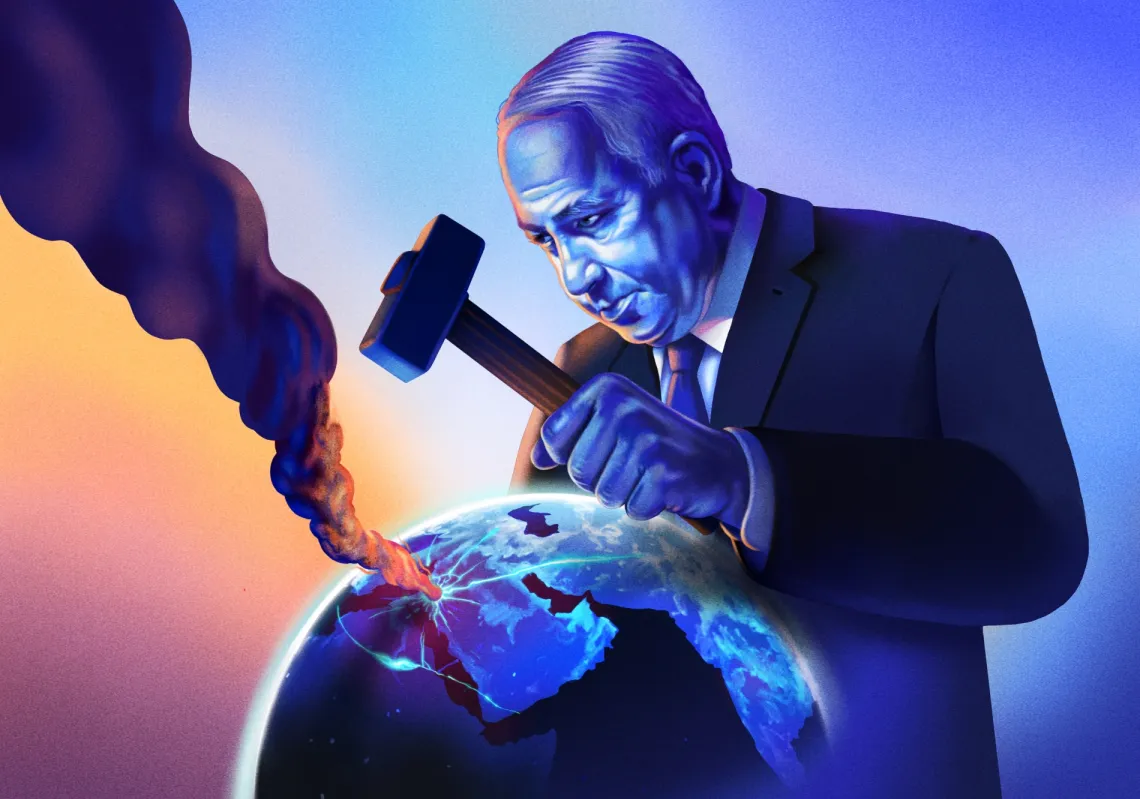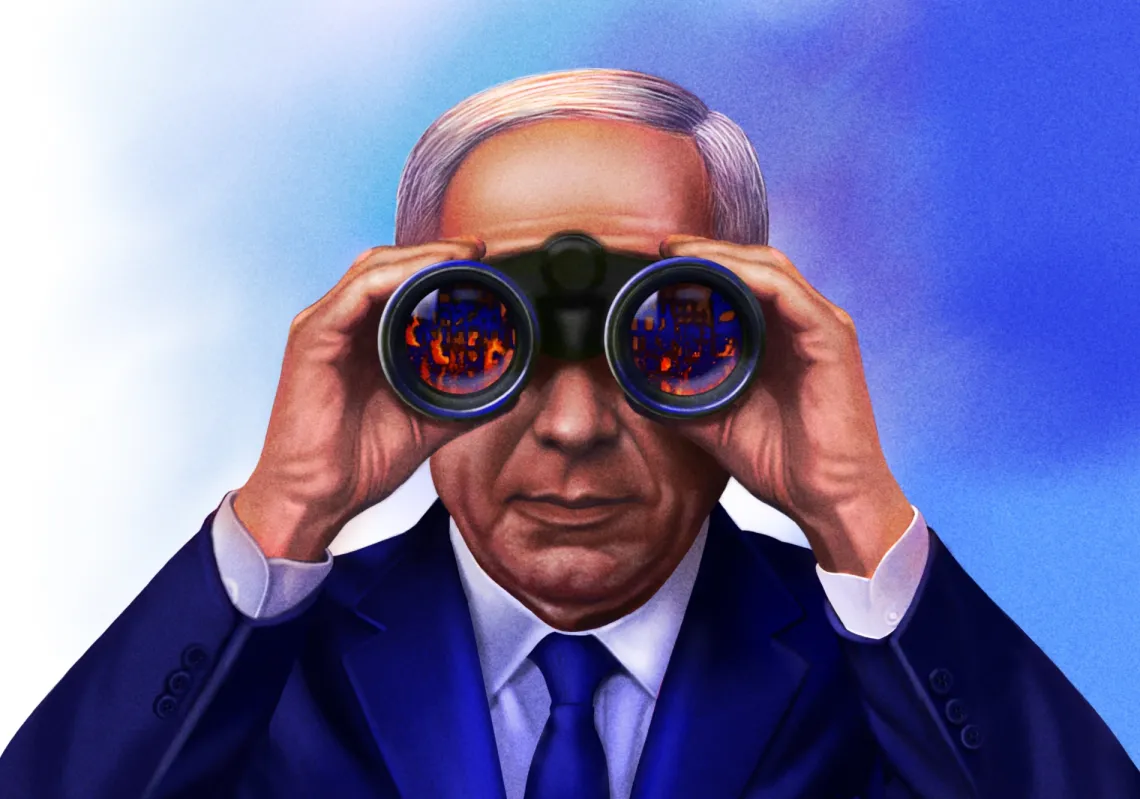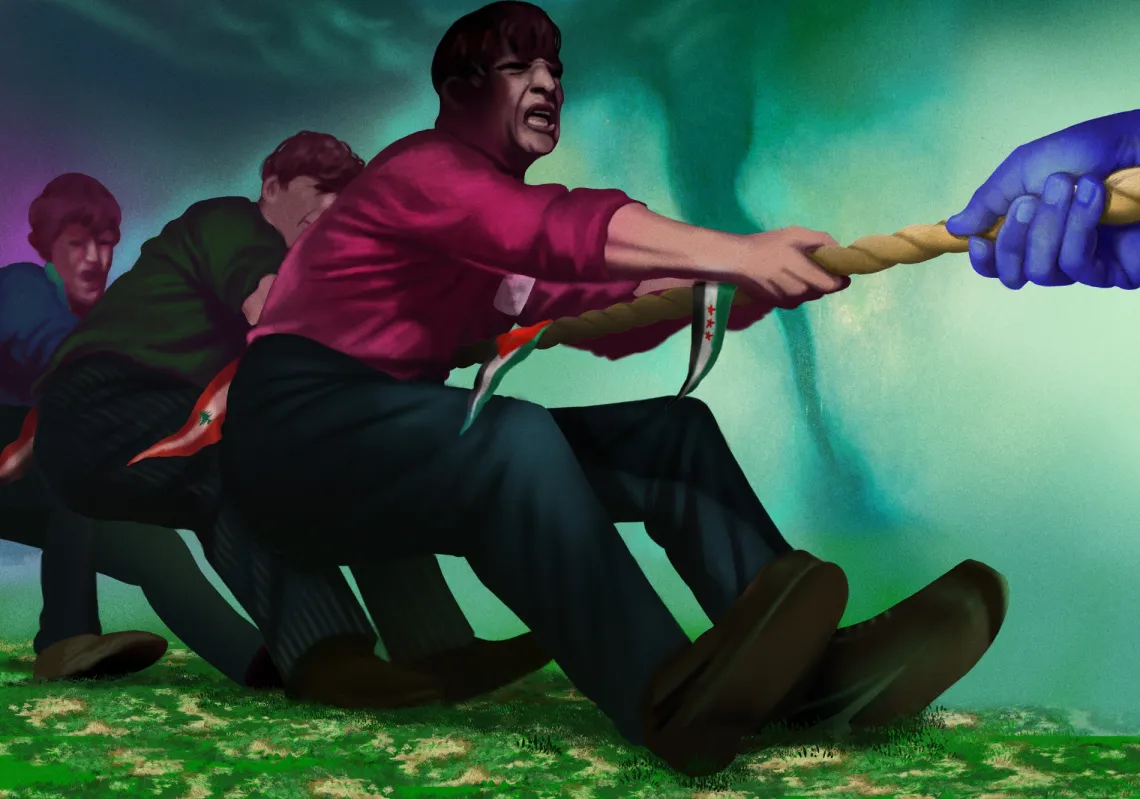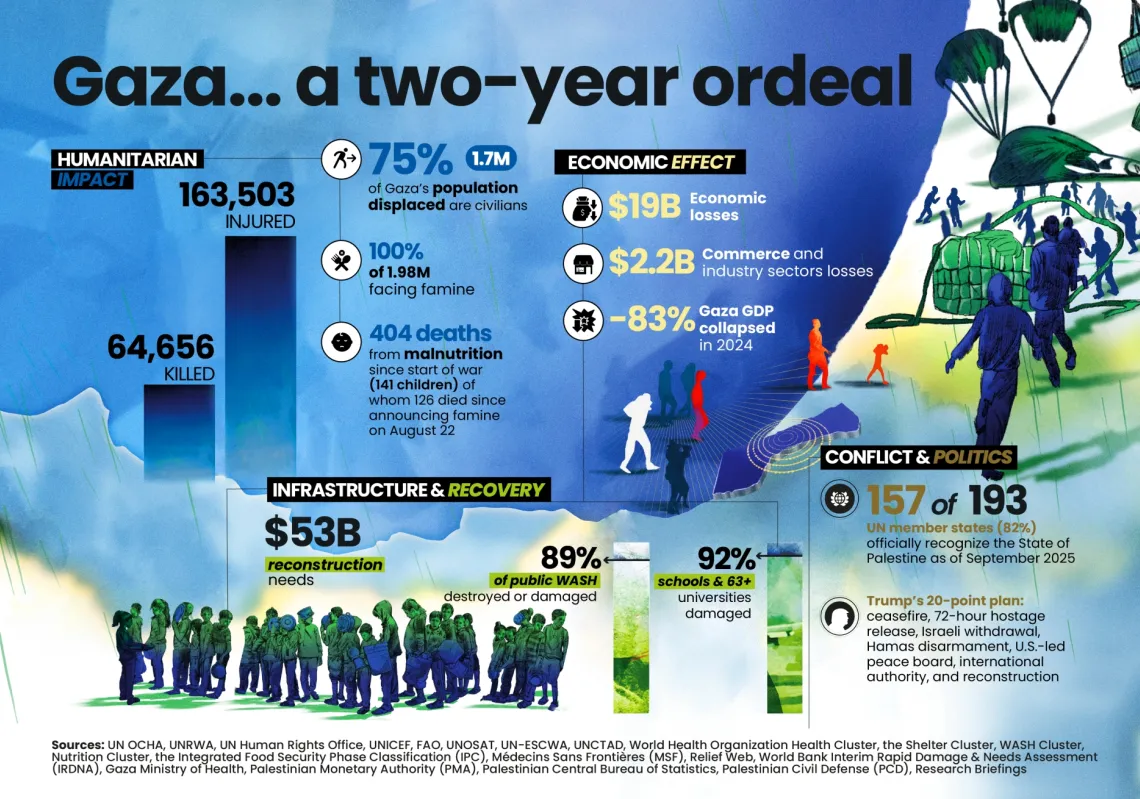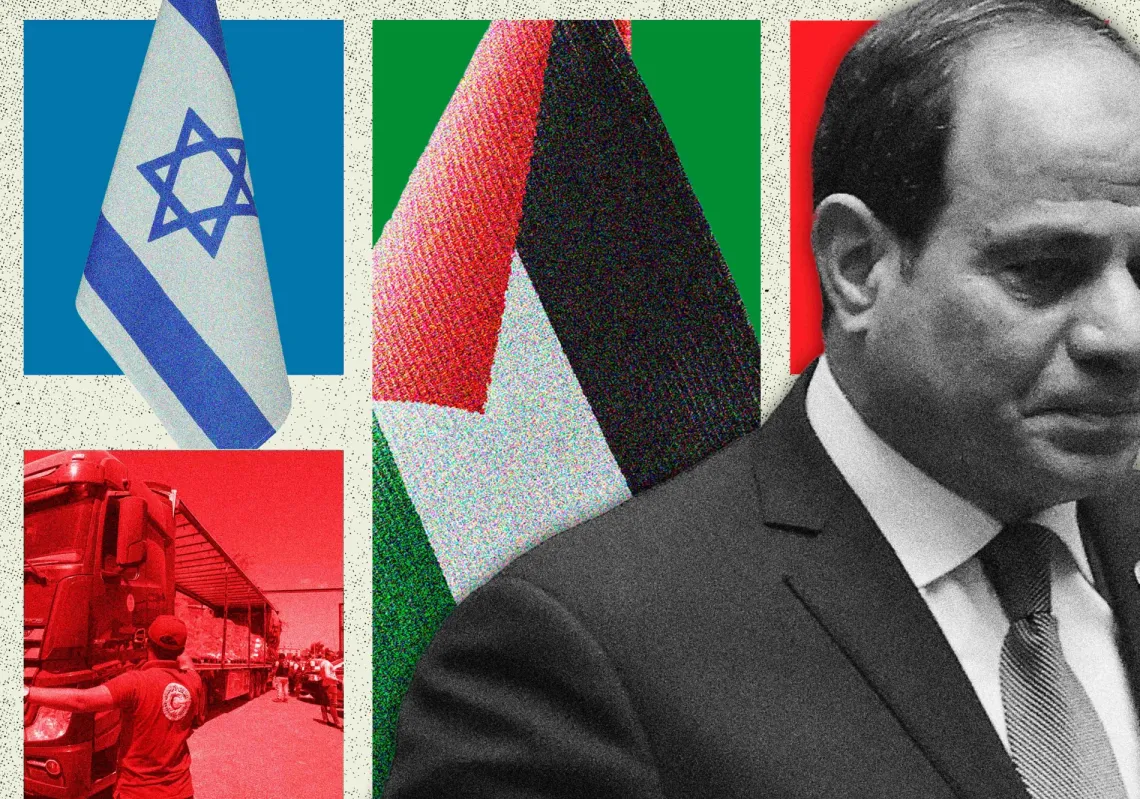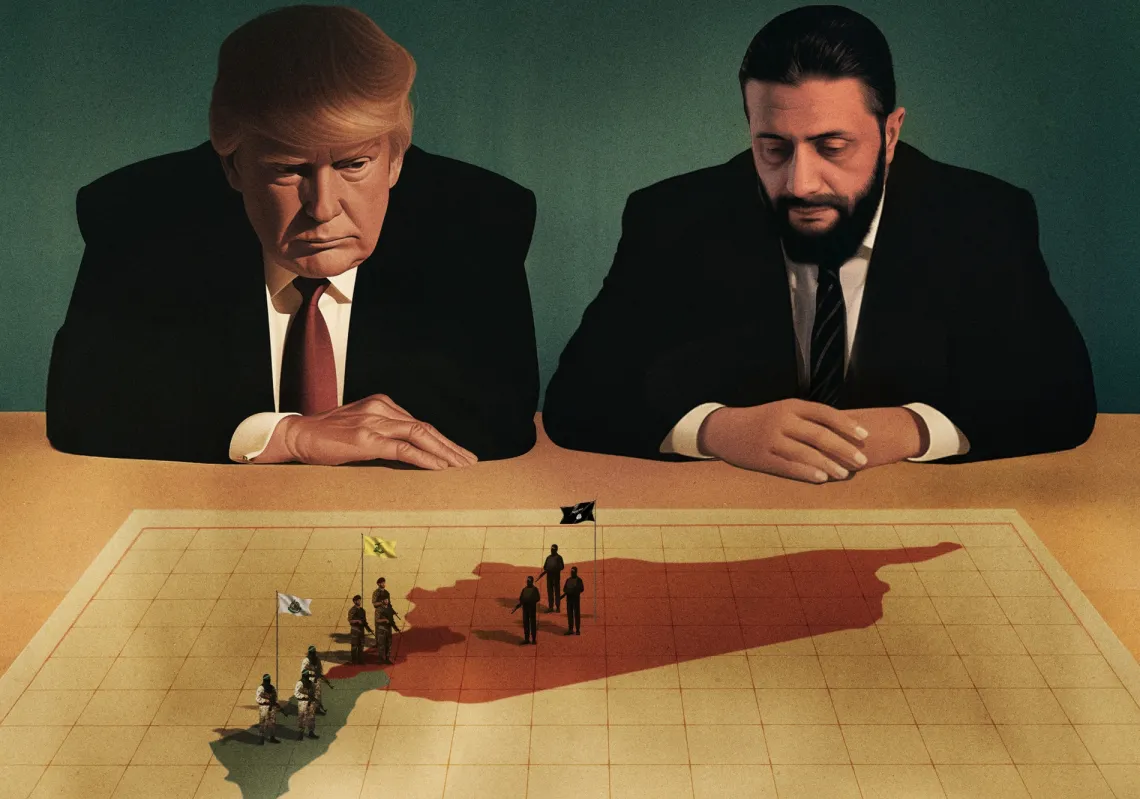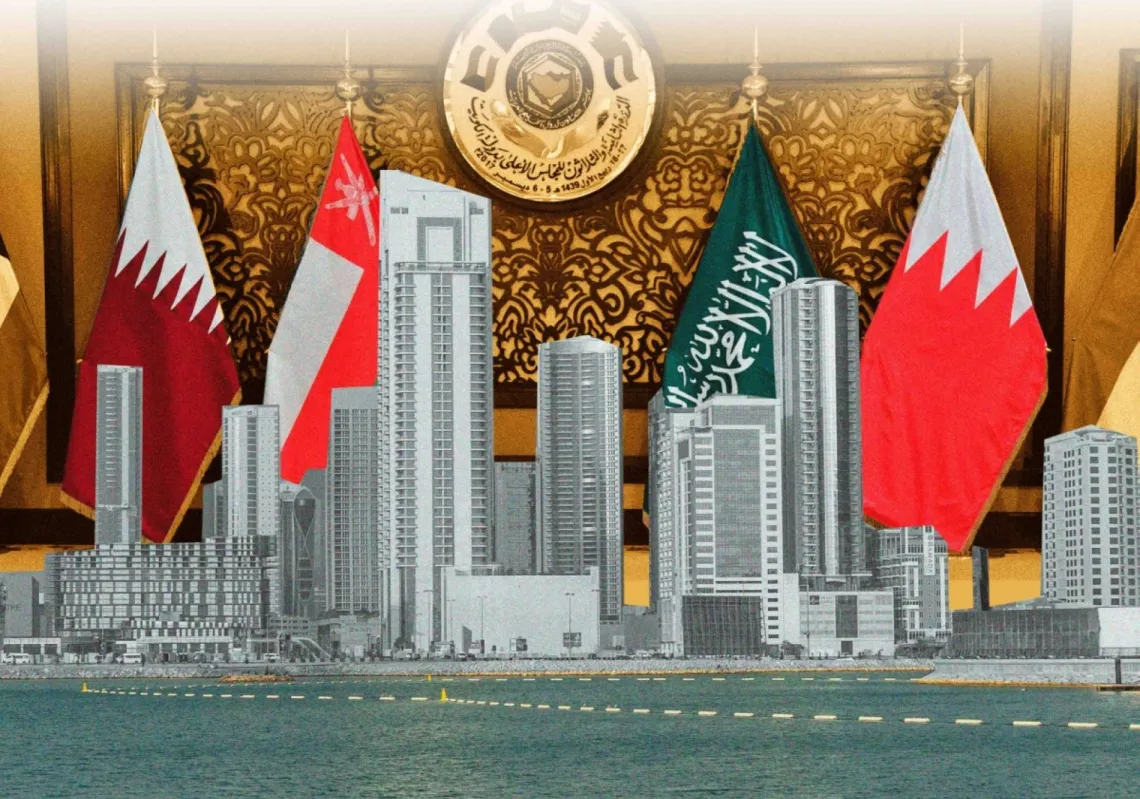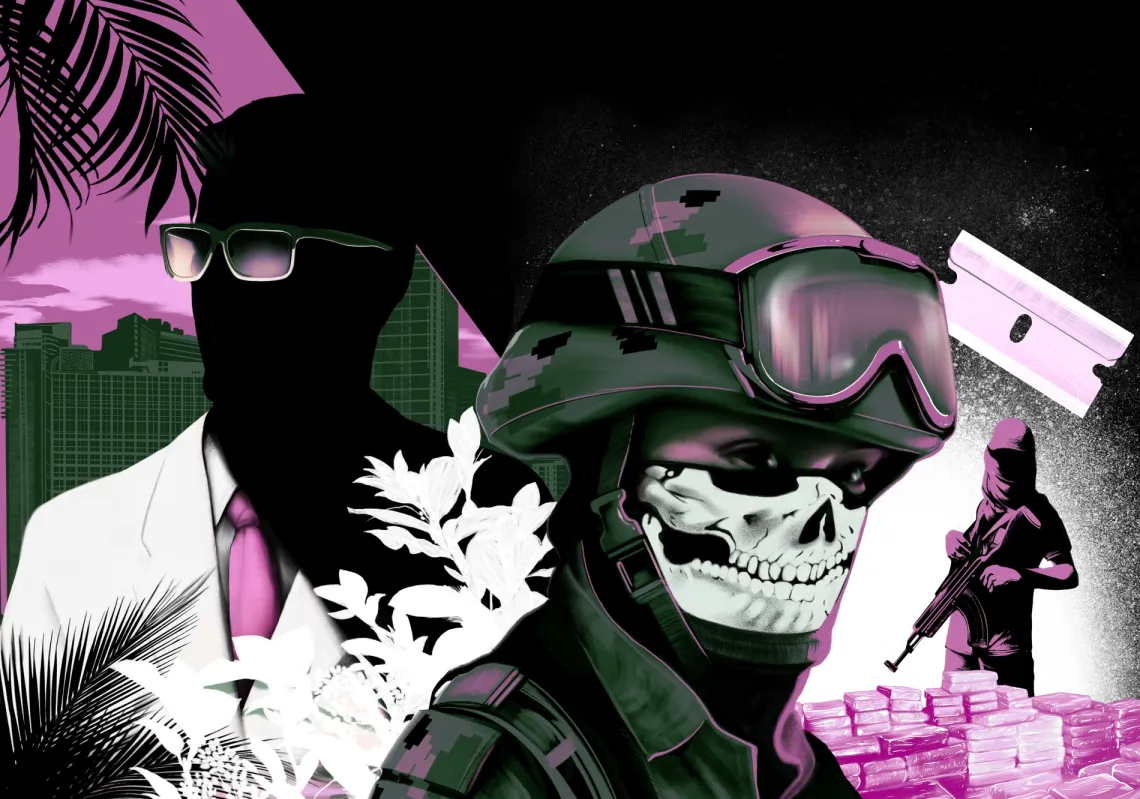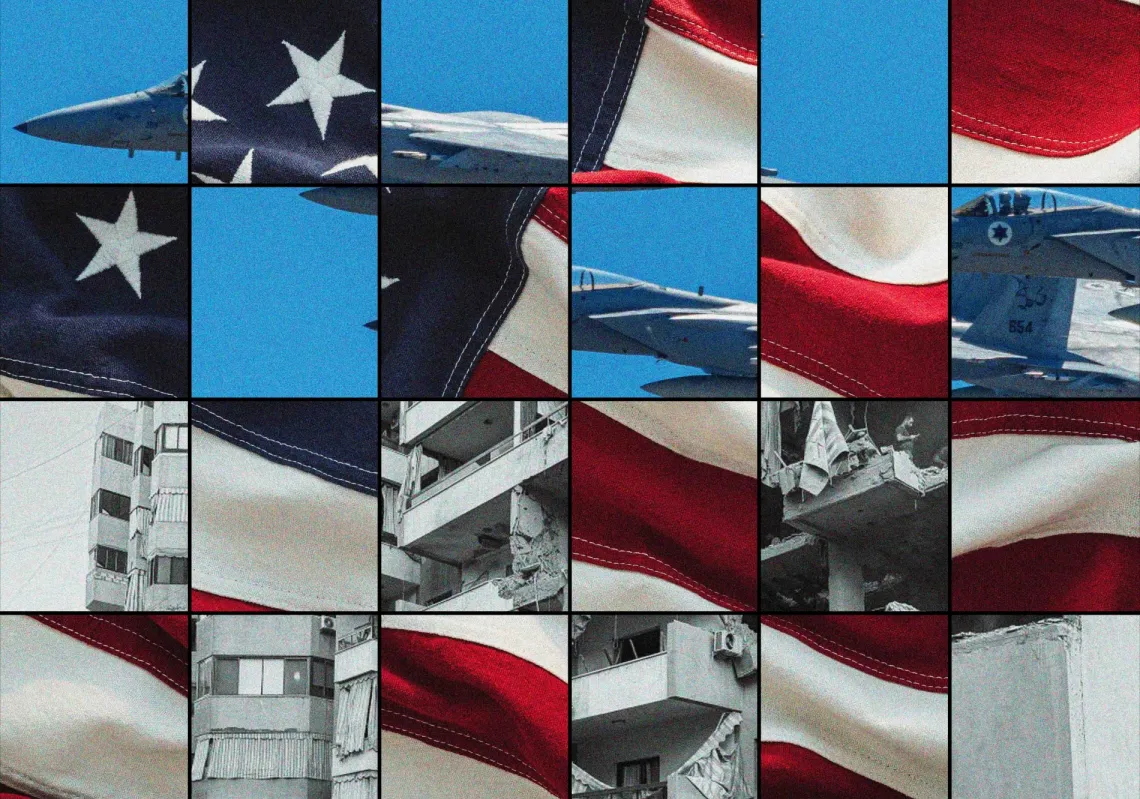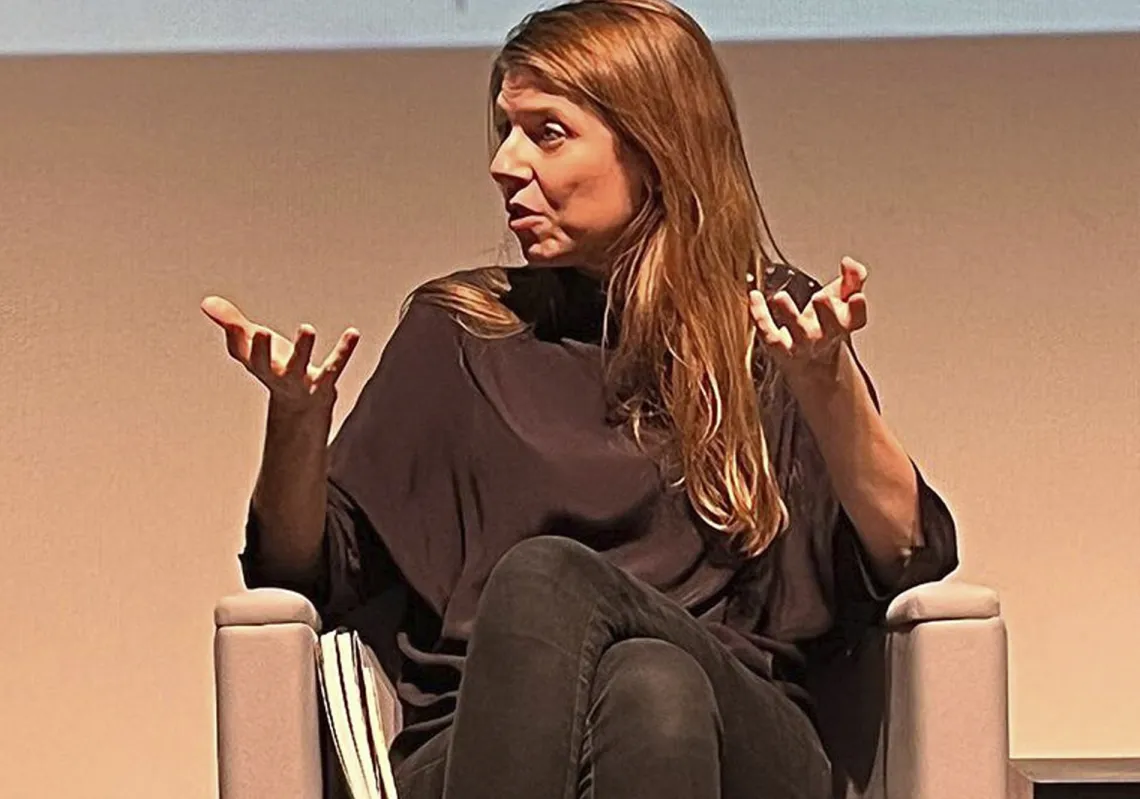Mere hours after Hamas’s October 7 attacks on Israel had started, it was clear that they’d rattle the Middle East like few events had for years. The result was the largest number of Israeli casualties in one attack in its history.
A harsh retaliation was expected, but no one could have predicted the genocidal proportions the new war would take. It was also hard to predict just how far-reaching the unintended consequences of the event would be, affecting the region and the broader world in massive political, legal, economic, social and cultural ways.
In any contest over which country was affected most, Iran would get a top position. In just two years, so much has changed for the country, not only in terms of its foreign policy orientation but also in its domestic trajectory.
Right after the attacks, a debate ensued over Iran’s potential role in them. For years, the Islamic Republic has been the only significant country giving military and armament backing to Hamas, but much evidence suggests that the decision to launch the 10/7 attacks might have been taken by the group’s Gaza leadership, chiefly Yahya Sinwar, without consulting Tehran.
Given Israel’s thorough penetration of Iranian intelligence, it likely would have picked up a plan hatched by Iranians. Additionally, little about Iran’s Supreme Leader Ayatollah Ali Khamenei suggests him brazen enough to order such a daring attack. Ever more cautious, he usually prefers less overt tactics. But regardless of what role Iran had in the attacks, it found itself fundamentally affected by its outcome in major ways.
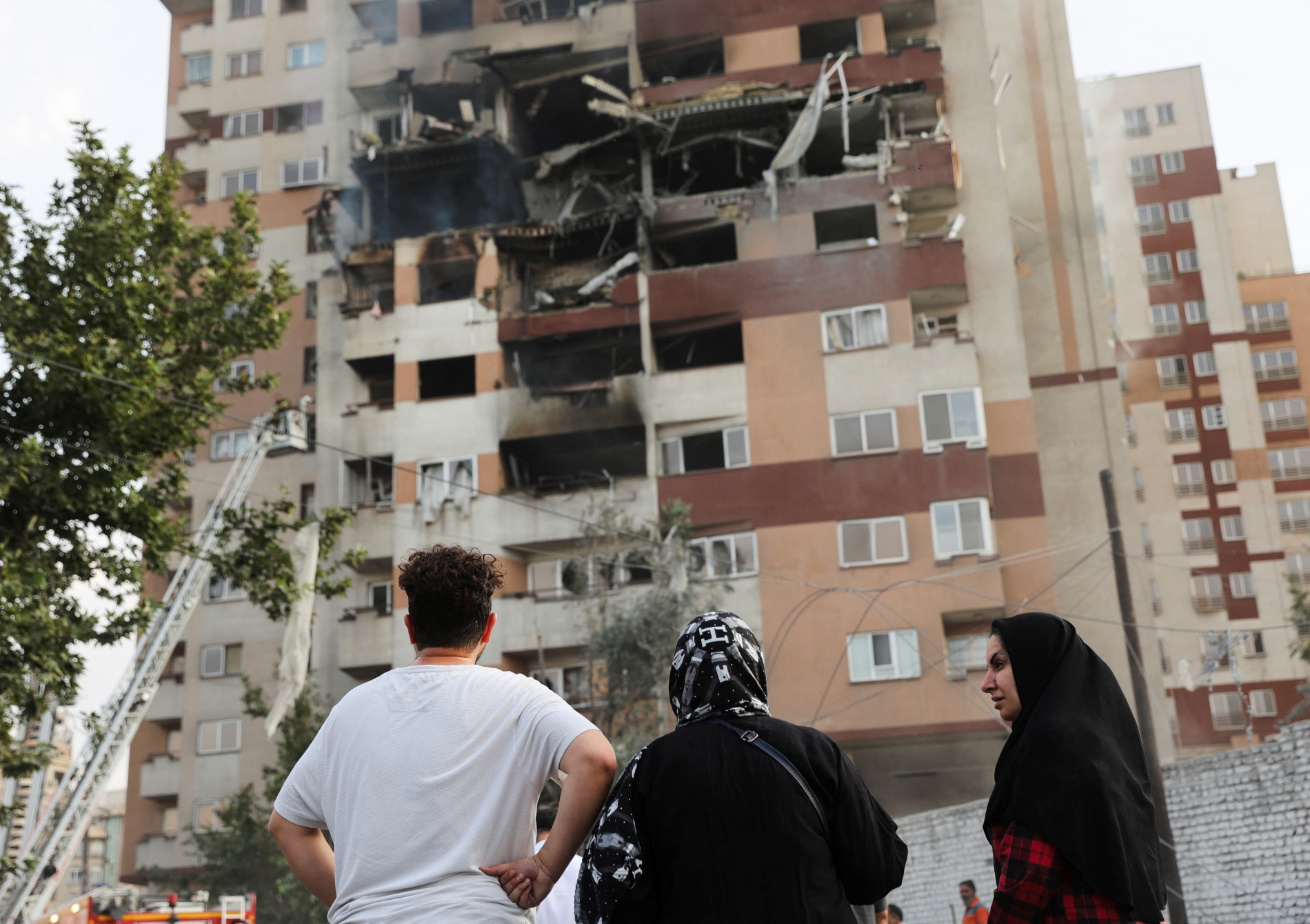
A crumbling 'Axis'
Israel’s expanding war in the region, which has so far included attacks on six countries (Palestine, Lebanon, Syria, Iraq, Yemen, Iran, Qatar and maybe Tunisia), has helped unravel Iran’s 'Axis of Resistance'—a coalition of anti-Western militias that were the pride of Khamenei’s long years in power.
For years, Iran sunk much resources into arming and funding these militias, which purport to export the ideals of the 1979 revolution. With the exception of the Sunni Hamas, most of these groups were Shiite militias, used as cudgels in the post-2011 sectarianised civil wars of the Arab world. At the height of this era, Iran boasted about its influence in four Arab capitals: Baghdad, Beirut, Damascus and Sanaa.
But the events of the past two years have dealt a crippling blow to the 'Axis'. Unlike what Israelis like to claim, this isn’t just because of Israeli attacks on it. Rather, it is the result of Iran’s strategic dead-end being revealed by the events and a renewed Arab initiative on a regional and national level, helping to drive back the agenda of Tehran and its chief militia, the Islamic Revolutionary Guards Corps (IRGC).
Despite having portrayed itself as the most resolute supporter of Palestinians, the Iranian regime proved hapless when faced with Israel’s brutal decimation of Gaza after 10/7. None of its storied missiles could come to the rescue of Palestinians.
Initially, Iran didn’t involve itself in the war, and it also held Hezbollah back from opening a broad second front in the north. At the same time, the regime and its allies had to save some ideological face. Khamenei was thus the only world leader to fully endorse the 10/7 attacks, and Hezbollah did conduct limited attacks on Israel.
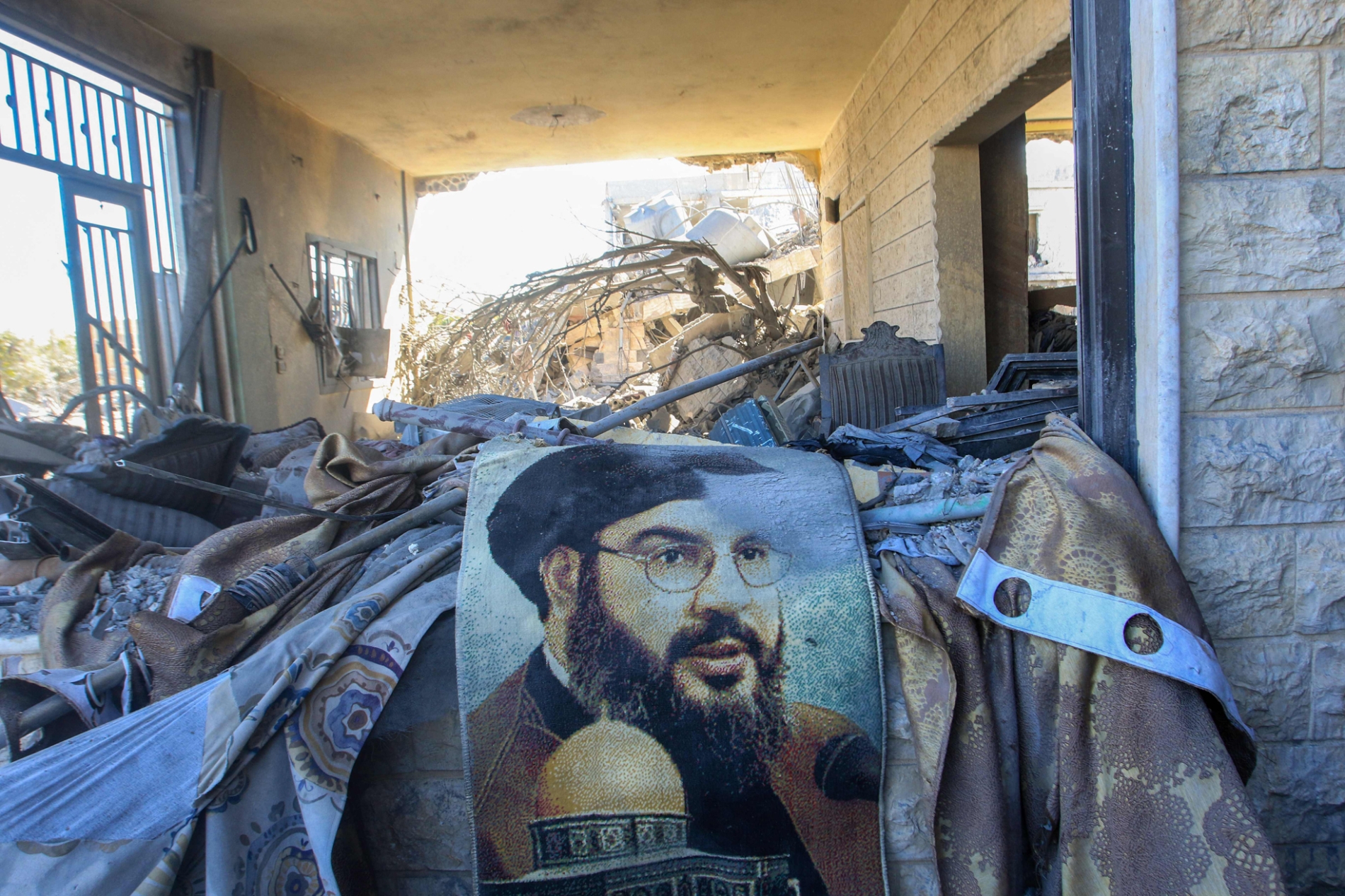
But this only goaded Israel into action. Israelis repeatedly hit Iran and its 'Axis' allies. They destroyed much of Hezbollah’s leadership, including its top commander Hassan Nasrallah, and killed Hamas’s leader, Ismail Haniyah, on Iranian soil, in a particularly embarrassing event for Iran.
Hezbollah’s military defeat led to its political isolation in Lebanon. Many Lebanese had fought against the militia’s dominance since at least 2019. They now find fresh sails in their winds and were able to help elect a new president and prime minister who avowedly moved Lebanon closer to its fellow Arab states and away from Tehran’s agenda. The same sentiment has gathered steam in Iraq, and today’s Baghdad is far from an Iranian sphere of influence.
In Yemen, things look different as the Iranian ally Houthis still control Sanaa and have also launched daring attacks on Israel and on international shipping. But Houthis are also in a ceasefire with their fellow Yemenis who control other parts of the country and with Yemen’s major neighbour, Saudi Arabia. The ideological and political bonds between Tehran and Houthis are undeniable, but the latter might be enjoying the independent profile it has gotten, given Tehran’s distraction.
However, the most dramatic setback for the 'Axis' was the fall of Bashar al-Assad’s regime in Syria last year. Having lost its Hezbollah defenders, who were busy licking their wounds closer to home, the Assad regime fell like a house of cards, and rebel leader Abu Mohammed al-Jolani made an impressive transition to President Ahmed al-Sharaa.
Despite all the challenges the new Damascus administration faces—not least pressure and sabotage by Israel, which has tried to destabilise it—it is still standing, and the Iranian regime has lost its most sturdy ally in the Levant.
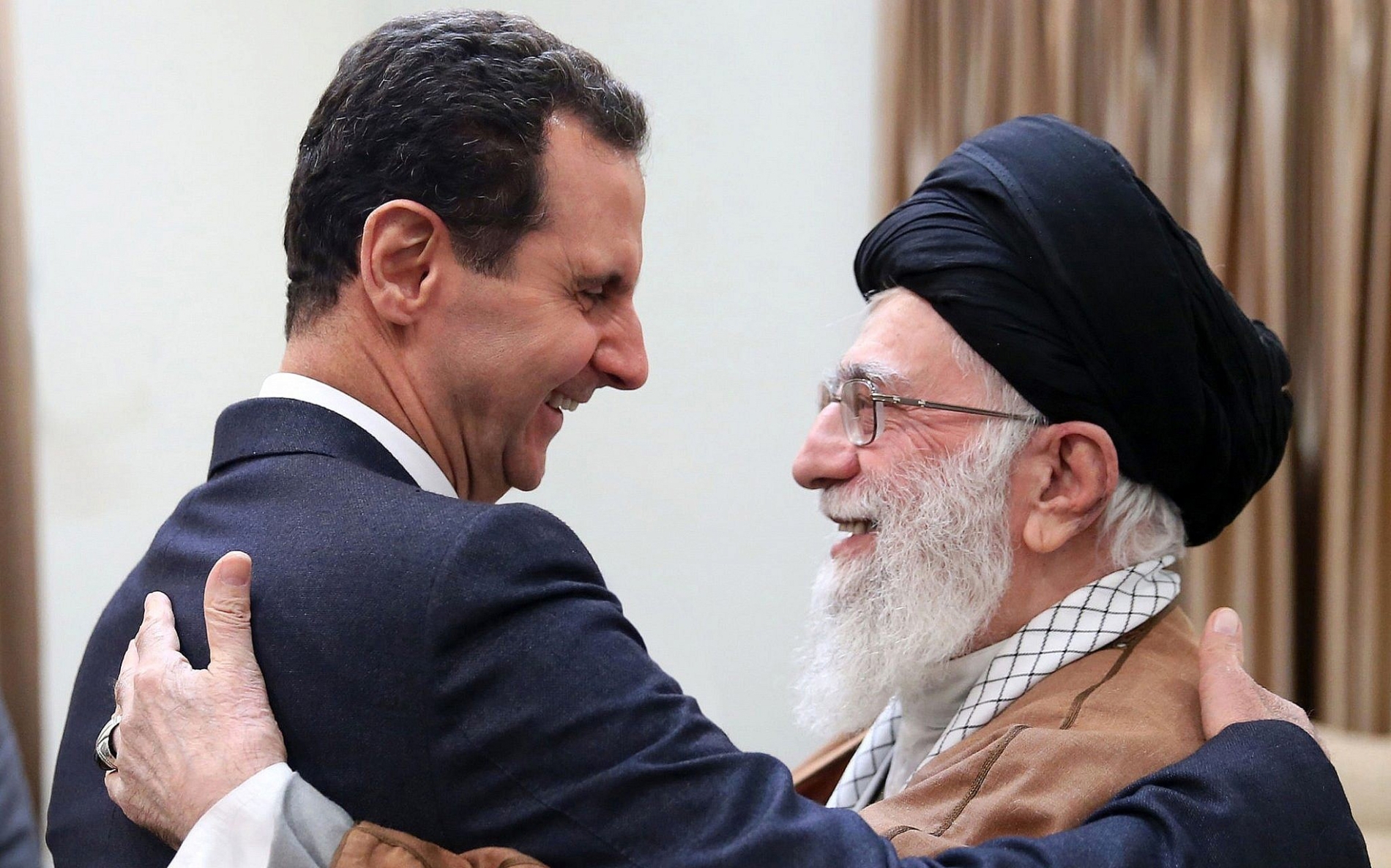
The scale of this loss can hardly be overestimated. Syria was not just an ally but a transit route that helped connect Tehran to Beirut. Furthermore, it was a proof of concept and the most treasured conquest of the late IRGC general Qasem Soleimani. Soleimani had kept Assad in power, at the cost of hundreds of thousands of Syrian civilian lives, by mobilising thousands of mostly Shiite fighters from Iran, Afghanistan, Pakistan, Iraq, Syria and elsewhere on Syrian soil. Its fall showed just how fragile the 'Axis' was and was a massive psychological blow to its social base in Iran and the Arab world.
No more forward defence
The 'Axis of Resistance' played several functions for the Iranian regime. To the revolutionary devout, the regime described it as an Islamist army, spreading the ideals of Khamenei abroad. But to the nationalist minded, it was sold as a sign of Khamenei’s supposed strategic genius, in line with its forward defence policy, which wanted to keep the US and Israel busy fighting the many heads of the 'Axis', instead of Iran itself.
This argument was always flawed because it never answered the question of why Iran should be picking fights with Israel, the US or Arab regimes in the first place. Only Khamenei’s ideological obsessions allowed for this, not any concept of Iran’s national interest or strategic security. But with the unravelling of the 'Axis', Khamenei’s long-held promise that Iran would be spared from war didn't hold up.
Last year, Iran and Israel exchanged fire on several occasions. Earlier this year, Israel finally took the fight to Iranian soil, attacking Iran ferociously in what has become known as the 12-Day War. It assassinated top IRGC figures but also killed scores of Iranian civilians.
The US joined Israel in the closing stages of the war, bunker-busting its nuclear sites with massive ordinances. Having also seen a skirmish with Pakistan last year, Iran now has the distinction of having been attacked by no less than three nuclear powers in the course of a year.
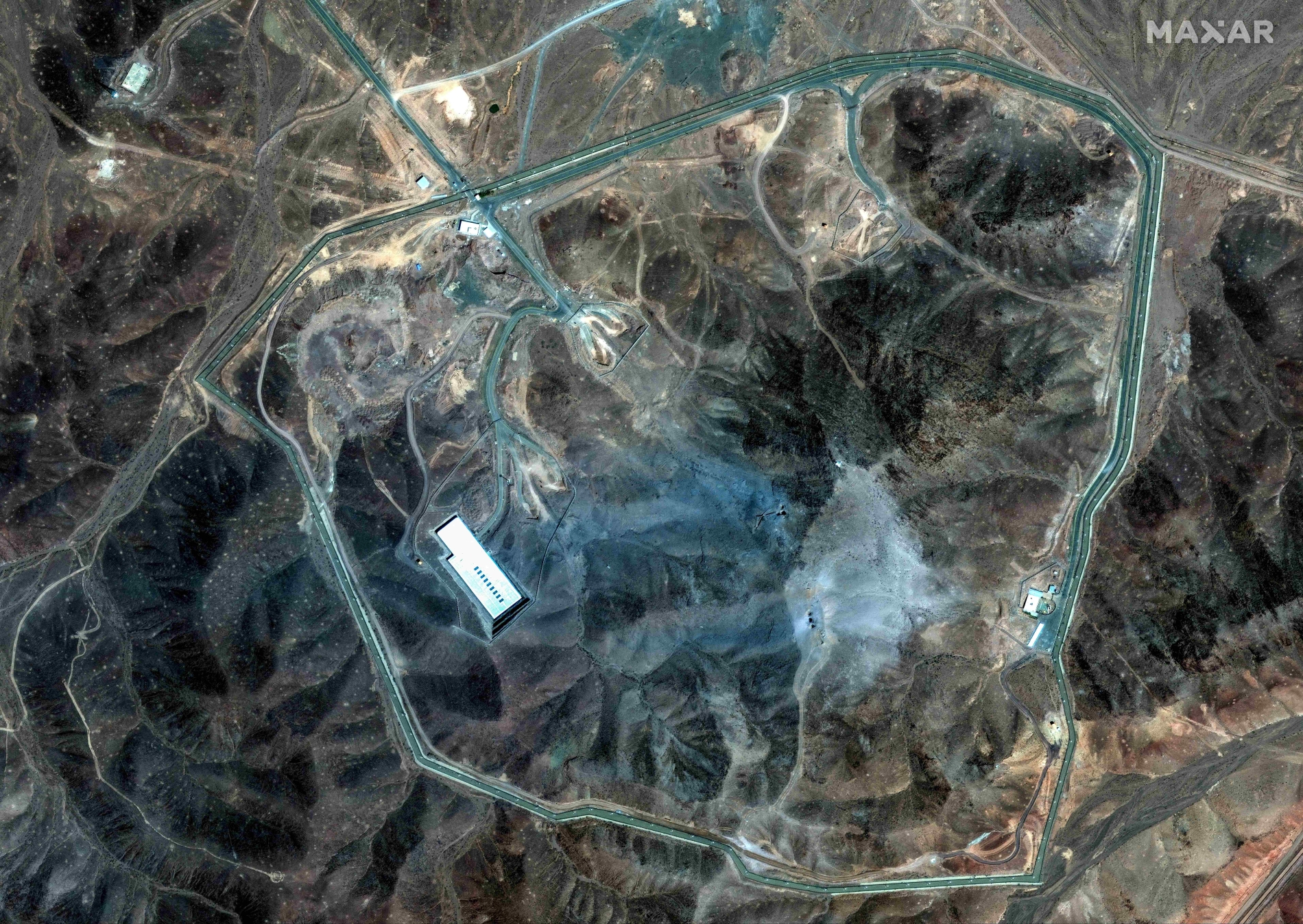
Increasing irrelevance to Palestine
Iran’s stringent opposition to the two-state solution and its continued clamouring for the destruction of Israel also make it less relevant to any postwar scenarios in Palestine. The regime’s proposed solution to the Israeli-Palestinian conflict reads more like a pipe dream. As outlined in a document it submitted to the UN in 2019, it wants to see the return of all Palestinian refugees, followed by a referendum in which all people around the world with historic roots in Palestine could vote.
In contradistinction, Arab states have shown a somewhat united front in protest of Israel’s criminal carnage in Gaza while also offering resolute support to the two-state solution and sovereignty of the State of Palestine. The French-Saudi initiative in this regard led to the historic New York Declaration in September, supported by 142 countries, followed by a UN summit where major powers such as France, the UK, and Canada pledged to recognise the State of Palestine. This should lead to an avalanche of recognition for the Palestinians.
Arab states which had previously normalised ties with Israel, such as the United Arab Emirates, also back the State of Palestine and oppose Israel’s war. The internal Arab rift has been fixed in this regard, as seen in the strong support shown to Qatar by Saudi Arabia and the UAE after Israel’s attack on Doha in September. As the Iranian regime has long used the internal cleavages in the Arab world to gain an advantage, this newfound Arab unity runs counter to its designs.
In a way, Iran and Israel are the two rejectionist states in the region, standing against the expressed will of the international community. Whatever the future of Gaza and Palestine, it is the Arab states that will play a role there, with Iran having written itself out of the equation by its own extreme positions.

